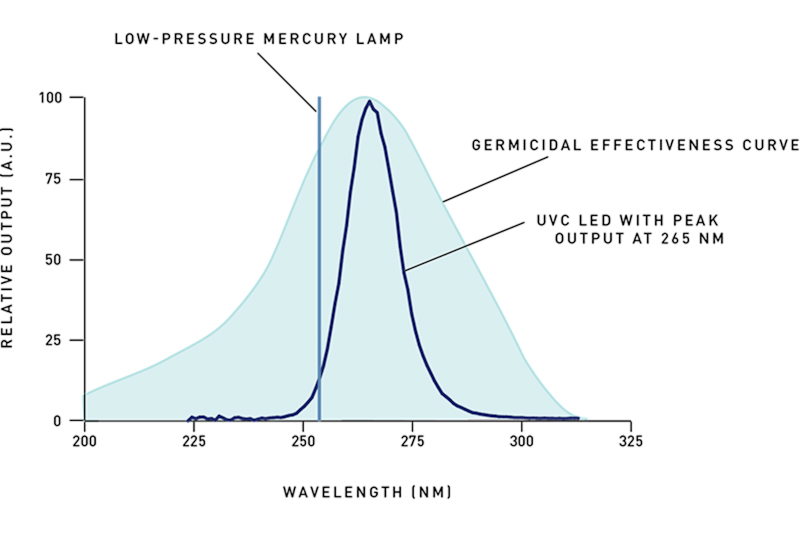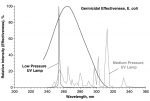Kyote
New member
- Joined
- May 14, 2020
- Messages
- 9
- Points
- 3
I thought I would share these two press releases on the research I am currently working on. We are frequency doubling high-power blue laser diodes to create UV-C light that has been shown to inactivate viruses while being harmless to people. If you see the picture and the video you will clearly see the common diode package most here are familiar with, shout out to Jordan at DTR's Laser Shop for helping make this happen!
news.uci.edu/2020/05/19/uci-physicists-exploring-use-of-blu-ray-disc-lasers-to-kill-covid-19-other-viruses/
abc7.com/health/physicists-blu-ray-lasers-could-help-sterilize-covid-19/6200040/
(I tried to embed the link but sadly my post count is too low)
news.uci.edu/2020/05/19/uci-physicists-exploring-use-of-blu-ray-disc-lasers-to-kill-covid-19-other-viruses/
abc7.com/health/physicists-blu-ray-lasers-could-help-sterilize-covid-19/6200040/
(I tried to embed the link but sadly my post count is too low)















